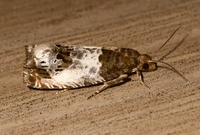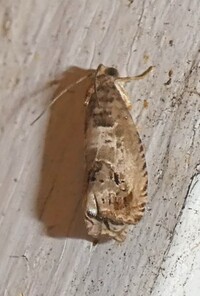
| Recorded by: Simpson Eason on 2025-05-09
Durham Co.
Comment: | 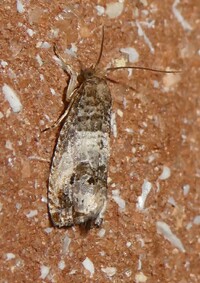
| Recorded by: Simpson Eason on 2025-04-24
Durham Co.
Comment: |
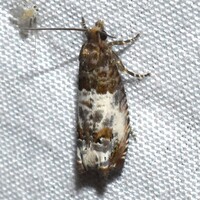
| Recorded by: Jeff Niznik on 2025-04-19
Orange Co.
Comment: | 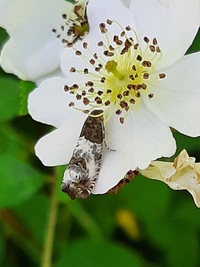
| Recorded by: Regina Patton on 2024-05-12
Jackson Co.
Comment: |
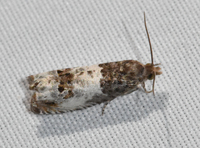
| Recorded by: Emily Stanley on 2024-05-02
Buncombe Co.
Comment: | 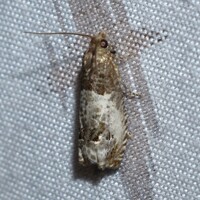
| Recorded by: David George, Stephen Dunn, Jeff Niznik on 2024-04-29
Chatham Co.
Comment: |
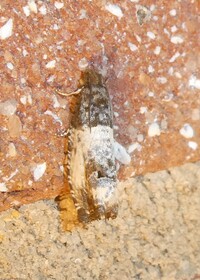
| Recorded by: Simpson Eason on 2024-04-19
Durham Co.
Comment: | 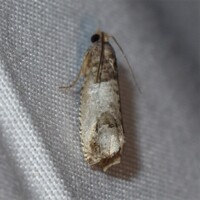
| Recorded by: David George, Stephen Dunn, Jeff Niznik on 2023-06-03
Orange Co.
Comment: |
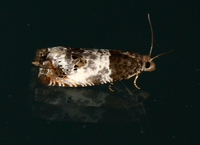
| Recorded by: Jim Petranka on 2023-05-13
Madison Co.
Comment: | 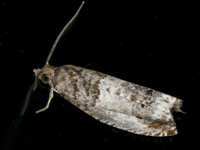
| Recorded by: John Petranka on 2023-04-29
Orange Co.
Comment: |
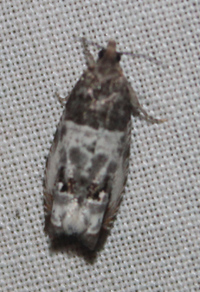
| Recorded by: Vin Stanton on 2023-04-28
Buncombe Co.
Comment: | 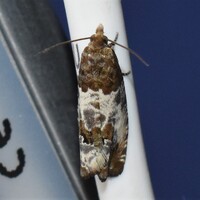
| Recorded by: David George, Jeff Niznik on 2023-04-21
Durham Co.
Comment: |
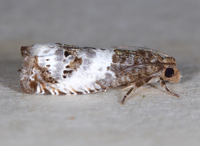
| Recorded by: Jim Petranka on 2023-04-20
Madison Co.
Comment: | 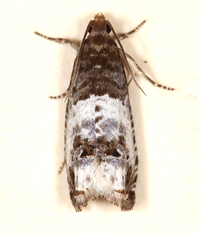
| Recorded by: Jim Petranka on 2023-04-20
Madison Co.
Comment: |
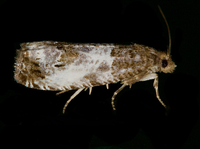
| Recorded by: Jim Petranka on 2022-05-15
Madison Co.
Comment: | 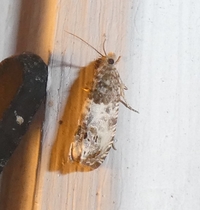
| Recorded by: Simpson Eason on 2022-05-14
Durham Co.
Comment: |
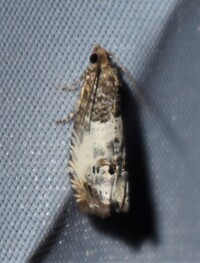
| Recorded by: Jeff Niznik on 2022-04-13
Wake Co.
Comment: | 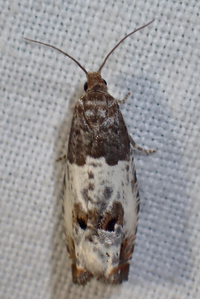
| Recorded by: tom ward on 2021-05-21
Buncombe Co.
Comment: |
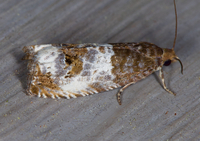
| Recorded by: Jim Petranka on 2021-05-18
Madison Co.
Comment: | 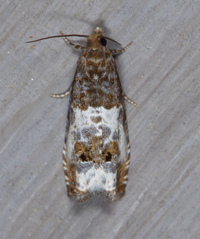
| Recorded by: Jim Petranka on 2021-05-18
Madison Co.
Comment: |
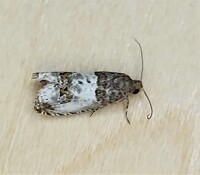
| Recorded by: Gary Maness on 2021-05-17
Guilford Co.
Comment: | 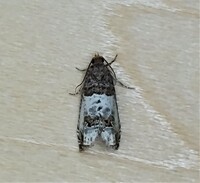
| Recorded by: Gary Maness on 2021-05-17
Guilford Co.
Comment: |
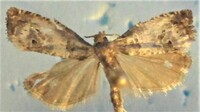
| Recorded by: Darryl Willis on 2020-07-10
Cabarrus Co.
Comment: | 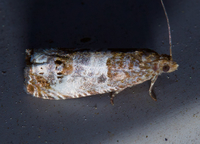
| Recorded by: jim Petranka and Becky Elkin on 2020-05-23
Madison Co.
Comment: |
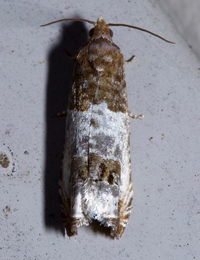
| Recorded by: jim Petranka and Becky Elkin on 2020-05-23
Madison Co.
Comment: | 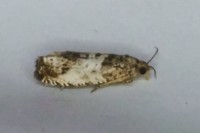
| Recorded by: Gary Maness on 2020-05-02
Guilford Co.
Comment: |
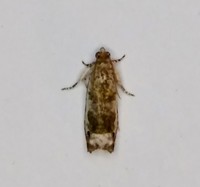
| Recorded by: Gary Maness on 2020-05-02
Guilford Co.
Comment: | 
| Recorded by: Gary Maness on 2020-05-02
Guilford Co.
Comment: |
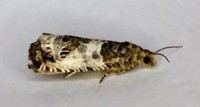
| Recorded by: Gary Maness on 2020-04-22
Guilford Co.
Comment: | 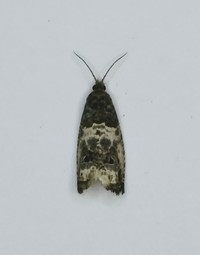
| Recorded by: Gary Maness on 2020-04-22
Guilford Co.
Comment: |
|

 »
»
